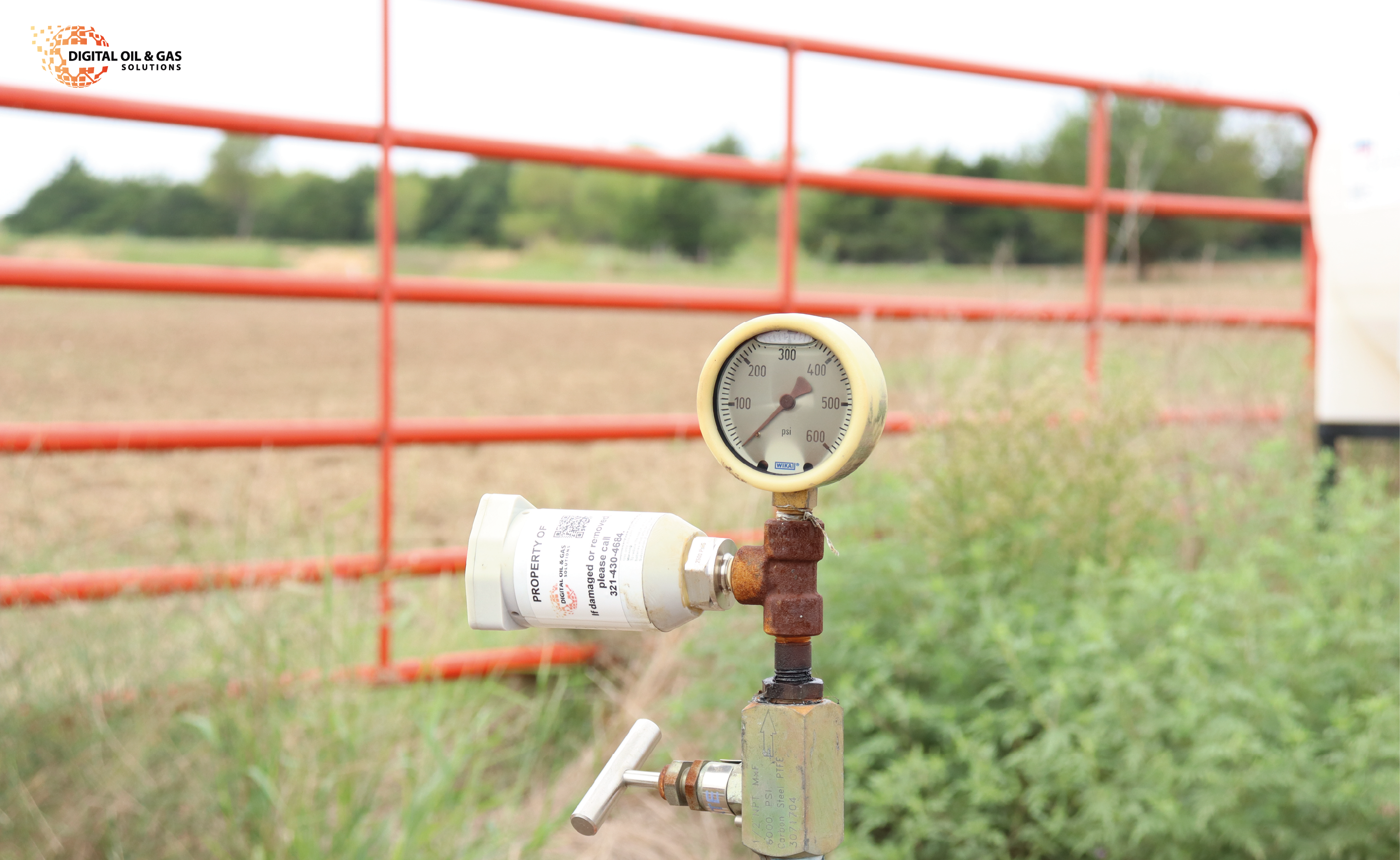The Power of Connected Devices in Oil and Gas
In the past, oil and gas operations relied heavily on manual monitoring, routine inspections, and reactive maintenance. This traditional approach often resulted in unexpected equipment failures, prolonged downtime, and higher operational costs. Today, the rise of IoT in the oil and gas sector has led to a new era of efficiency, where operators are equipped with real-time data, predictive analytics, and automation tools that significantly enhance operational reliability and safety.
Beyond improving day-to-day operations, connected devices also enable operators to focus on higher-value tasks. With less time spent on manual data collection and emergency troubleshooting, teams can redirect their efforts toward optimizing production, improving asset utilization, and identifying new revenue opportunities. This operational shift creates the capacity for strategic planning, innovation, and scaling the business. For example, predictive maintenance not only extends equipment life but also frees up capital and human resources, enabling operators to invest in expanding their asset base, exploring new fields, or adopting additional technologies. Ultimately, IoT doesn't just streamline existing operations, it lays the groundwork for sustained business growth and competitive advantage in a rapidly evolving industry.
Real-time Data Collection and Analysis
Industrial IoT sensors embedded in pipelines, wells, pumps, compressors, tanks, and other critical equipment continuously gather performance data. This includes temperature, pressure, vibration, flow rate, and environmental conditions. These IoT devices transmit data to cloud platforms where advanced data analysis and machine learning algorithms detect patterns and anomalies.
This level of insight enables:
Predictive maintenance: Anticipate issues before they become costly failures.
Asset management: Track asset health, utilization, and lifecycle.
Environmental monitoring: Detect early signs of spills or leaks, ensuring a quick response.
Operational efficiency: Identify inefficiencies in fuel use, throughput, and energy consumption.
These IoT use cases in the oil and gas industry significantly reduce downtime and extend asset lifespan, leading to improved productivity and safety.
Numerous oil and gas assets are situated in isolated, dangerous, or offshore locations. By removing the requirement for continual human presence, remote monitoring via IoT connectivity lowers risk and operating expenses. From a single location, operators can use customized dashboards to keep an eye on performance and get immediate notifications of any inconsistencies. In addition to supporting autonomous operations, IoT for oil and gas enables remote parameter management and adjustment, guaranteeing safety and continuity even in emergency situations.

Key Considerations for IoT Connectivity Implementation –
While the benefits are compelling, deploying IoT on oil and gas systems requires thoughtful planning and execution. Here's what companies should keep in mind:
1. Reliable Oil and Gas Connectivity Solutions - A strong communication infrastructure is essential to the success of any IoT system. Obstacles may include harsh surroundings, isolated areas, and a lack of cellular networks. To guarantee continuous data transfer, businesses must assess satellite, LPWAN, 5G, and edge computing solutions.
Explore different oil and gas IoT solutions that are tailored to your infrastructure needs.
2. Security and Data Integrity - The more connected an operation becomes, the more it exposes itself to cybersecurity threats. Protecting sensitive operational data, maintaining integrity, and ensuring safe device authentication are non-negotiable.
3. Integration with Existing Systems - Integrating IoT technologies with SCADA systems, ERP, and other legacy tools requires compatibility and standardization. Modern IoT solutions for oil and gas should support open protocols and easy APIs to ensure seamless integration.
Check out how IoT solutions for the oil and gas industry can fit within your existing ecosystem.
4. Data Management and Interpretation - Collecting data is only useful if it leads to informed decisions. Companies must invest in cloud platforms and machine learning tools that process and translate raw data into actionable insights. A strong analytics layer enables everything from digital twin simulations to automated alerts and optimization suggestions.
The Future of IoT in the Oil and Gas Sector
The future of IoT in the oil and gas industry lies in increasing intelligence, automation, and sustainability. Let’s look at a few key trends shaping the future:
1. Digital Twins for Proactive Management - By creating digital twins—virtual replicas of physical assets—companies can simulate real-world performance under various conditions. This allows for testing optimized scenarios, predicting failures, and streamlining maintenance schedules.
2. Enhanced Environmental Compliance - With stricter environmental regulations, IoT oil and gas use cases now focus on environmental monitoring, carbon tracking, and gas leak detection. These technologies allow real-time compliance reporting and faster incident response time, minimizing ecological impact.
3. Artificial Intelligence (AI) and Automation Integration - Automated decision-making is made possible by the combination of IoT and AI. Operations are becoming safer and smarter, thanks to self-adjusting valves and drone and robot inspections.
4. Workforce Empowerment - Wearable IoT devices and augmented reality tools provide real-time alerts, training, and safety information to workers. This improves safety and boosts productivity by minimizing manual errors and focusing on higher value tasks.
5. Scalability of Applications in the Oil Field - Scalability is being considered in the design of new oil field applications, such as intelligent pumps, smart wellheads, and automated drilling. IoT in oil and gas will spread throughout upstream, midstream, and downstream operations as connection gets better and devices become more affordable.

Conclusion
In the oil and gas sector, the Internet of Things is about more than technology; it is about achieving new standards for sustainability, safety, and efficiency. IoT for oil and gas has the potential to revolutionize every link in the value chain, whether it is through minimizing downtime, averting catastrophes, or optimizing resource deployment.
To remain competitive in oil and gas, companies should adopt IoT connectivity with a well-defined plan, emphasizing integration, security, and data-driven decision-making. Those who successfully use oil and gas connectivity solutions will be at the forefront of the industry's evolution and drive the transition to a more intelligent and resilient energy future.
Learn more about customized oil and gas industry solutions and how to implement scalable IoT solutions across your operations.
